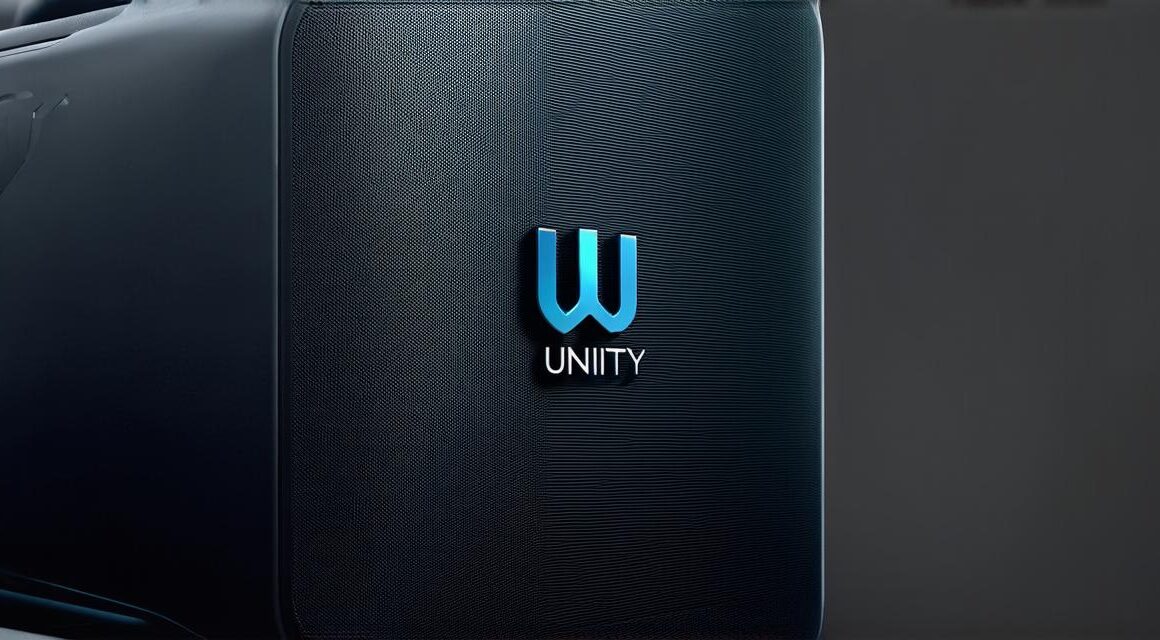Introduction:

3D modeling and animation have revolutionized the way we interact with digital content. With Unity, you can easily create stunning 3D models and animations that bring your ideas to life. In this article, we will guide you through the easy integration steps for 3D models with animations in Unity. We’ll explore various techniques and tips that will help you save time and effort while creating engaging 3D content.
Why Unity?
Unity is a powerful game engine that supports 2D and 3D graphics, animation, physics, and other features. It is widely used in the gaming industry, but it also has numerous applications in areas such as architecture, education, and marketing. With Unity, you can create high-quality visuals with minimal coding.
Steps to Integrate 3D Models with Animations in Unity:
- Create a 3D model using your preferred modeling software such as Blender or Maya. Make sure that the model is compatible with Unity.
- Export the 3D model in FBX format, which is a popular file format for 3D models in Unity. You can also export in other formats such as OBJ and COLLADA, but they may require additional plugins or conversions to work with Unity.
- Import the FBX file into Unity by dragging it onto the Project window or using the Asset Store’s built-in importer tool. Once imported, you can add animation to your model by creating an animation clip in the Animator window.
- Create keyframes for your animation by setting the position, rotation, and scale of your model at different points in time. You can also add other properties such as texture changes or particle effects to enhance your animation.
- Apply your animation to your model using the Animation window. You can create an animation controller that specifies which clips should play in what order and how long they should last.
- Preview your animation by running your scene in the Unity Editor or building a standalone application. You can also export your animation as an animated GIF or video file for use on websites or social media platforms.
Tips for Integrating 3D Models with Animations in Unity:
- Use layers to organize your model and its animations. This will make it easier to edit and manipulate individual parts of your model without affecting the rest.
- Experiment with different animation techniques such as splines, easing curves, and blend modes to create unique effects.
- Optimize your model for performance by reducing the number of polygons and textures used. You can also use LOD (Level of Detail) to improve the frame rate of your animations.
- Collaborate with other artists and programmers to bring your vision to life. Unity has a large community of developers who are always willing to help and share their knowledge.
Real-life Examples:
- The popular game, Minecraft, uses 3D models with animations to create an immersive and engaging experience for players.
- The advertising industry uses 3D models with animations to showcase products and services in a visually appealing way.
- Architects use 3D models with animations to present their designs to clients and visualize how buildings will function in real life.
Conclusion:
Integrating 3D models with animations in Unity is an easy and rewarding process that can help you bring your ideas to life. By following the steps outlined above and using the tips provided, you can create stunning 3D content that engages and entertains your audience. With Unity’s powerful tools and vast community support, the possibilities are endless. So start creating today and let your imagination run wild!
FAQs:
1. What is the difference between FBX and OBJ file formats?
FBX is a proprietary file format developed by Autodesk for use with their 3D modeling software.



